
Material Science and Engineering
Bringing signals into phase
A novel type of electronic component made from a blend of polymer materials could enable more effective circuitry.
Page 10 of 13

Material Science and Engineering
A novel type of electronic component made from a blend of polymer materials could enable more effective circuitry.
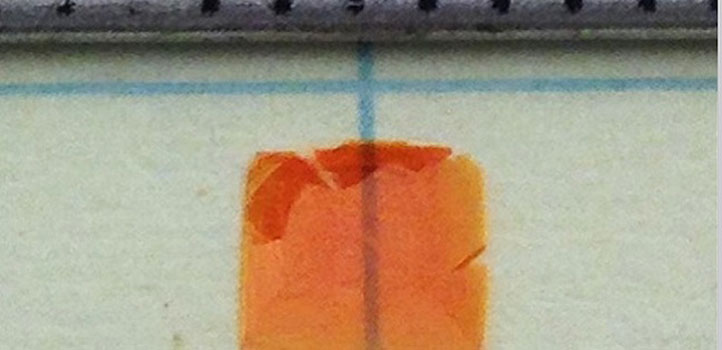
Material Science and Engineering
New evidence of surface-initiated crystallization may improve the efficiency of printable photovoltaic materials.
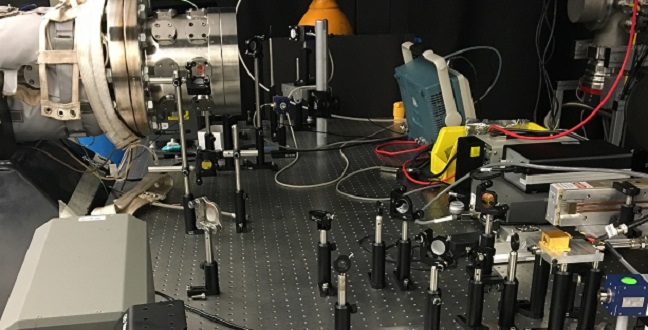
Mechanical Engineering
Insight into the thermal decomposition of a potential fuel additive shows it could promote cleaner and more efficient combustion.

Material Science and Engineering
Simple chemicals called glycol ethers help make better perovskite thin films for solar cells.
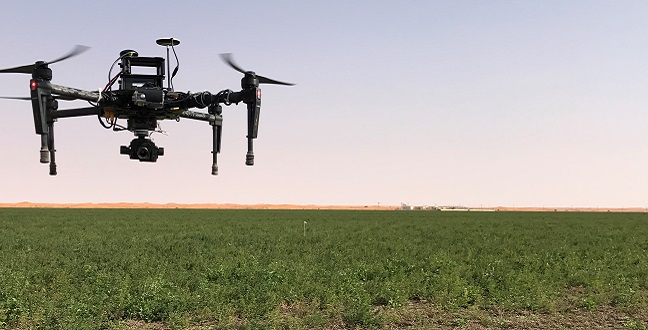
Environmental Science and Engineering
Emerging technologies are poised to transform how we observe the Earth.
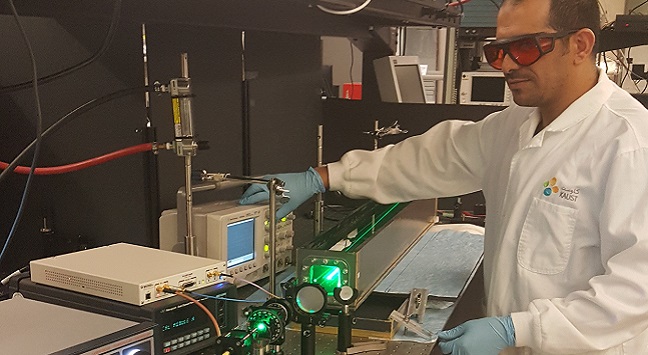
Electrical Engineering
An underwater wireless optical communications system for streaming high-quality, live video.

Computer Science
Advances in how science is presented means that visual tools can inspire research, as well as make its results accessible to the world.

Mechanical Engineering
New 3D visualizations that reveal how flames respond to electric fields could help improve combustion efficiency and reduce pollution.

Statistics
A new statistical approach for environmental measurements lets the data determine how to model extreme events.
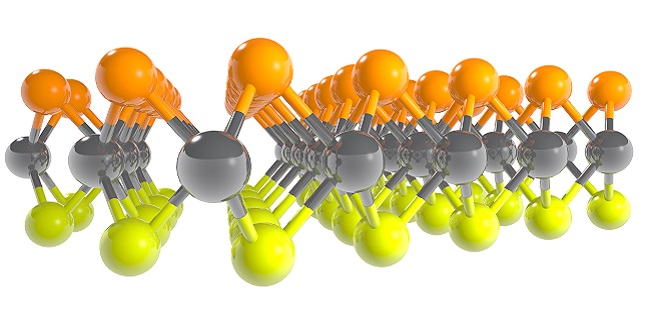
Chemistry
Introducing asymmetry across the two sides of atomically thin materials brings new opportunities in semiconductors.

Marine Science
Coral ecosystems may be able to adapt rapidly to climate change through natural plastic responses.

Chemistry
Photosensitive perovskites change shape when exposed to light.
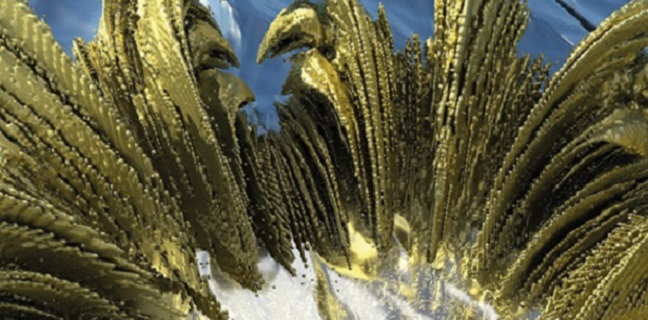
Electrical Engineering
Metallic nanostructures that slow down light dramatically can triple the efficiency of solar-based hydrogen fuel generation.
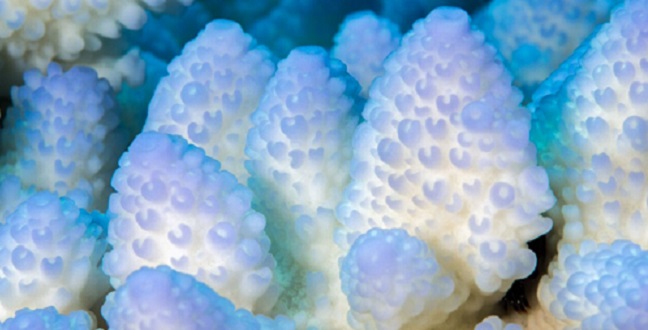
Marine Science
When faced with high salinity, the tiny plant cells within coral tissue alter their metabolites to better cope with stress.

Mechanical Engineering
Smartphones put state-of-the-art 3D particle tracking in the hands of the masses.
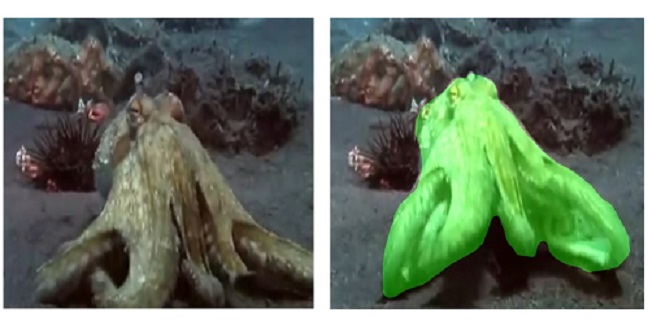
Electrical Engineering
A faster approach for computer detection of moving objects in video takes us a step closer to mimicking the reflexive detection ability of the animal visual system.
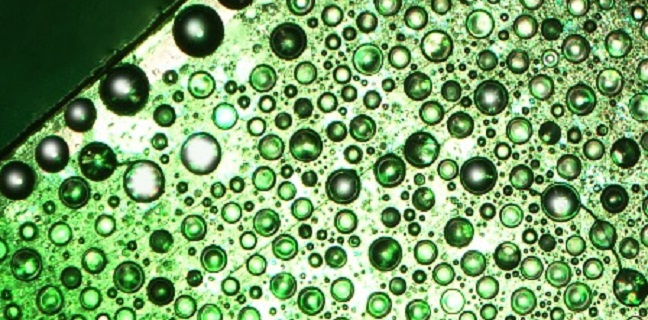
Environmental Science and Engineering
Surface wettability has little effect on atmospheric water gathering, but edge structure is crucial.

Material Science and Engineering
Flatter materials have fewer imperfections, which makes for better solar cells and light sensors.
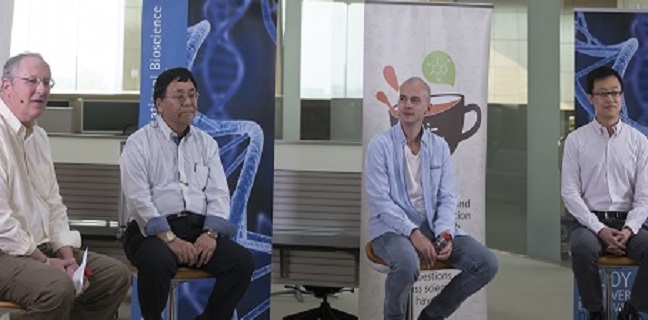
Bioscience
Sifting through huge amounts of data may bring better understanding of whale shark social structures, protein targets for drug therapies and disease-causing genes.
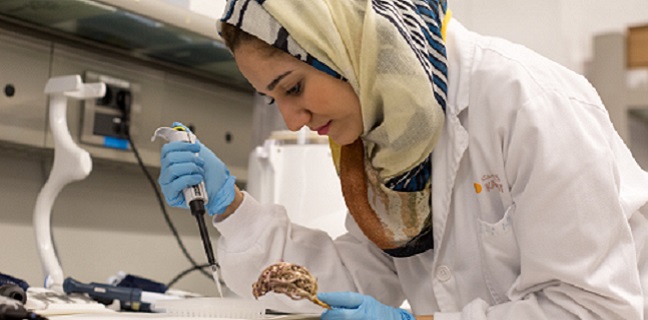
Bioscience
Herbal remedy plants native to Saudi Arabia are shown to have potential as treatments for cancer.
Chemistry
Dual-functioning MOF material autonomously ensures indoor humidity is just right.
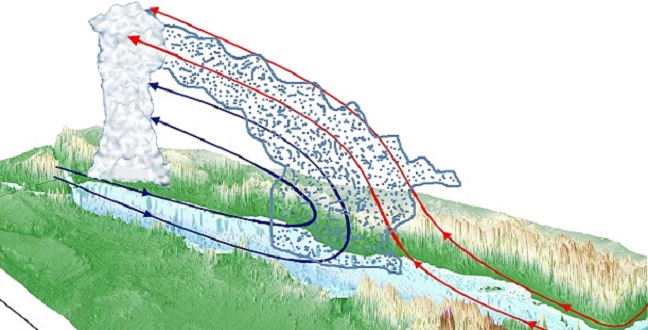
Earth Science and Engineering
Modeling leads to a better understanding of the role El Niño plays in increasing rainfall along the coast of the Red Sea.
Environmental Science and Engineering
A nature-based technique paves the way for cheaper and environmentally friendly liquid-repellent materials.
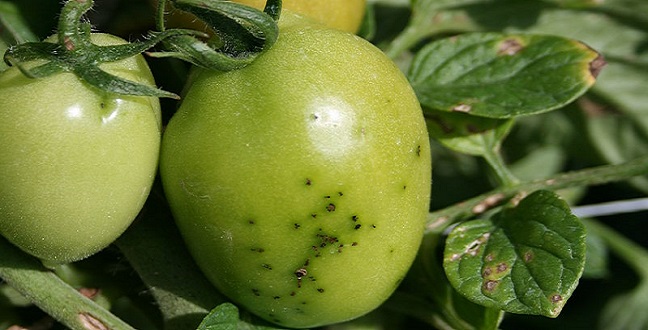
Plant Science
Plants can reprogram their genetic material to mount a defensive response against pathogens, which may have applications for agriculture.
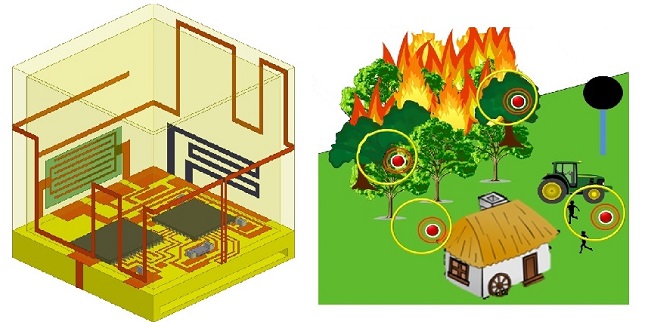
Electrical Engineering
3D-printed, disposable sensors capable of detecting noxious gases and changes in temperature and humidity could revolutionize environmental monitoring.
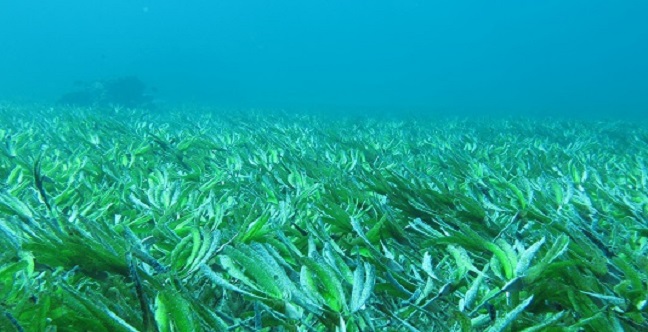
Marine Science
Mangroves, seagrass meadows, seaweeds and saltmarshes, the forests of the sea, perform a vital and often overlooked role in storing carbon and mitigating the effects of climate change.
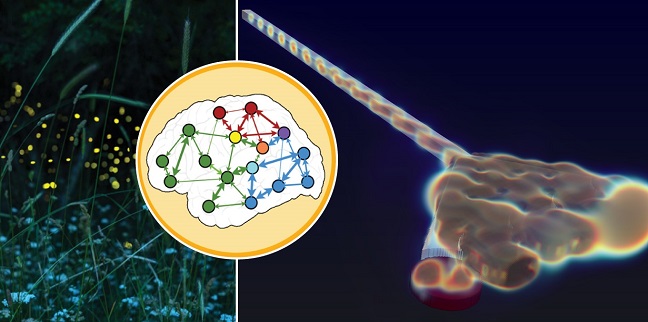
Electrical Engineering
Synchronized emissions from innovative on-chip lasers create possibilities for inexpensive artificial neural networks.

Statistics
A systematic approach to selecting and configuring statistical models improves predictions of extreme events.
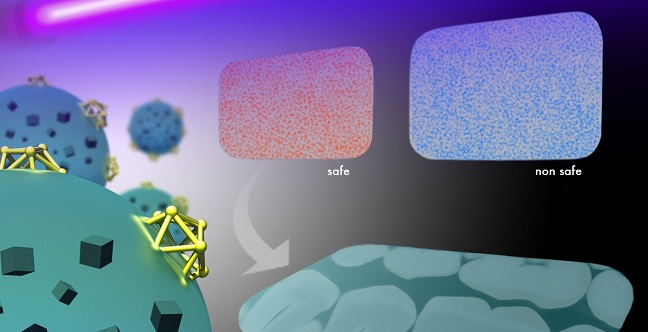
Chemistry
Spiky-shaped additives help antimicrobial coatings sense and inhibit bacteria growth on dental devices.

Electrical Engineering
Insights into the thermal behavior of metal-nitride nanowires could open new avenues in optical electronics.
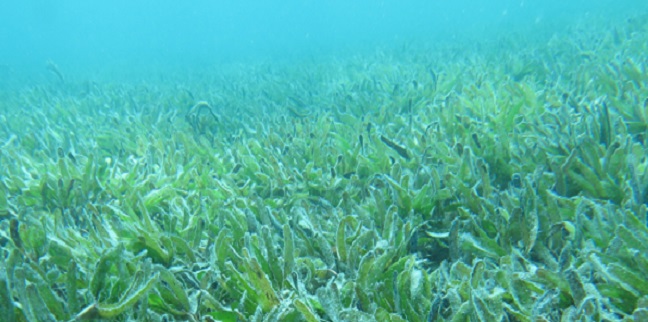
Marine Science
Protection zones for coasts and oceans are an effective way to help marine and human communities to adapt to climate change.
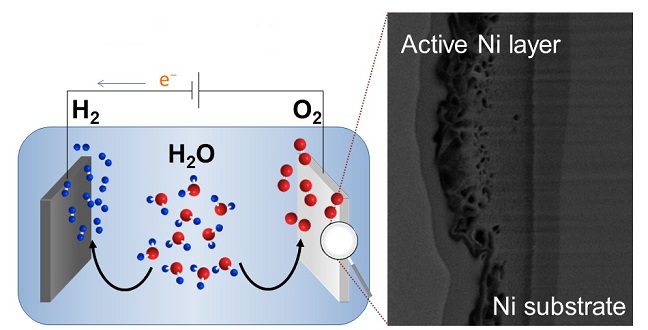
Electrical Engineering
A simple treatment of nickel to make it an efficient catalyst for water splitting.
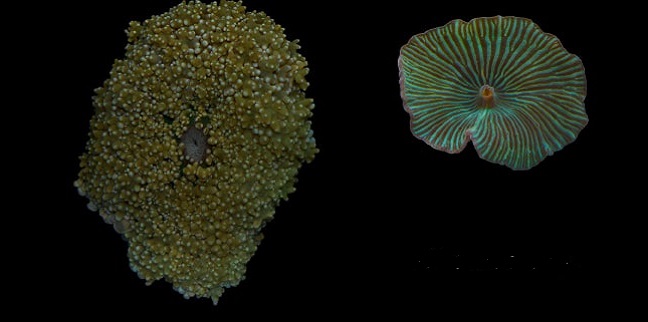
Marine Science
The genome sequences of two "false" corals offer a window into the evolution of calcification, which may help their reef-building cousins.
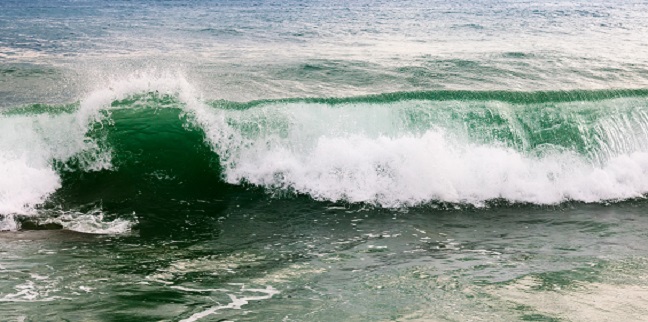
Earth Science and Engineering
Wind intensities and wave heights in the Red Sea are decreasing over time—potential for a significant impact on its ecosystem.
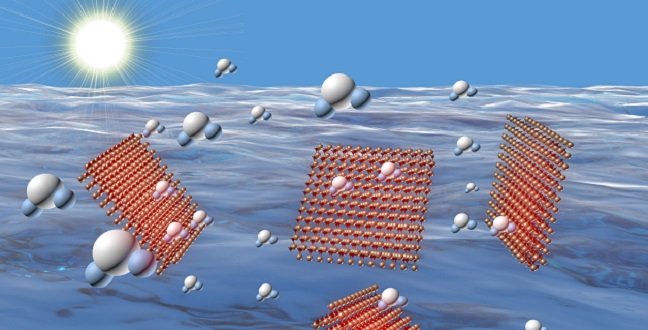
Environmental Science and Engineering
A floating membrane that uses sunlight to evaporate water shows potential for water purification.
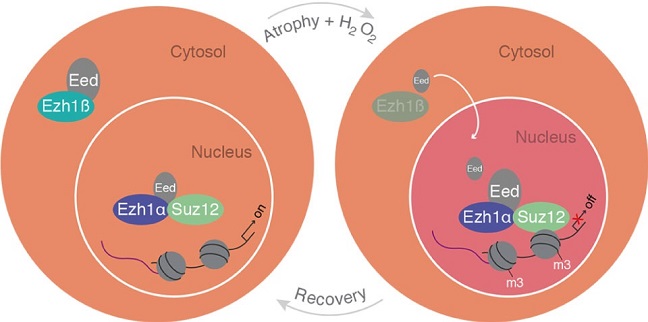
Bioscience
Two proteins produced by a single gene interact to keep the genome in check.
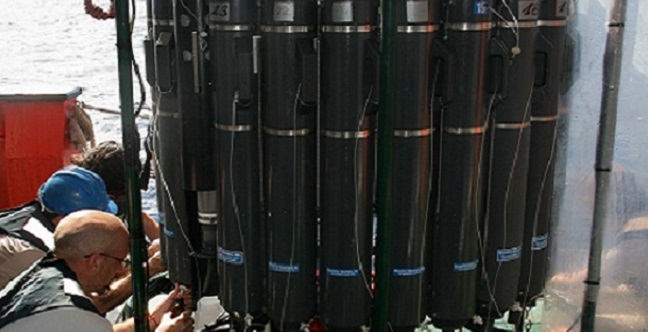
Mechanical Engineering
Data from a global oceanographic expedition predict how rising temperatures influence increase in plankton populations.
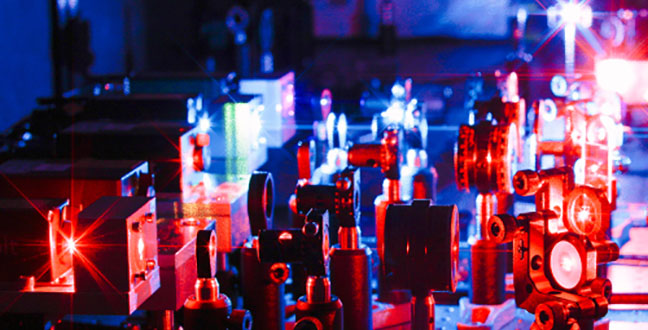
Bioscience
The movement of DNA molecules seemingly explained by random motion conceals a more orderly march.
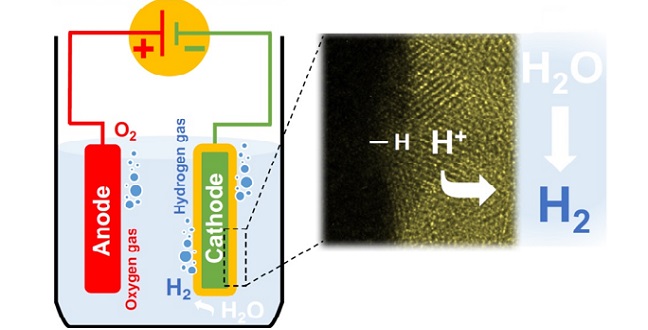
Electrical Engineering
A coating of molybdenum improves the efficiency of catalysts for producing hydrogen.

Marine Science
A unique investigation highlights how excess nitrogen can trigger coral bleaching in the absence of heat stress.

Chemical Engineering
Car manufacturers could clean up vehicle exhausts using a new model of gasoline combustion developed using experimental data.
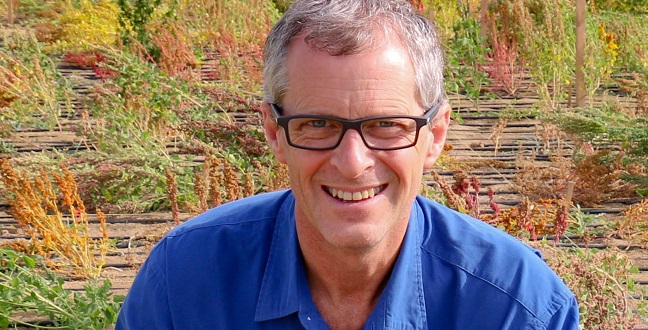
Plant Science
Passionate plant scientist Mark Tester conducts ground-breaking research into plants that could one day help feed the world.
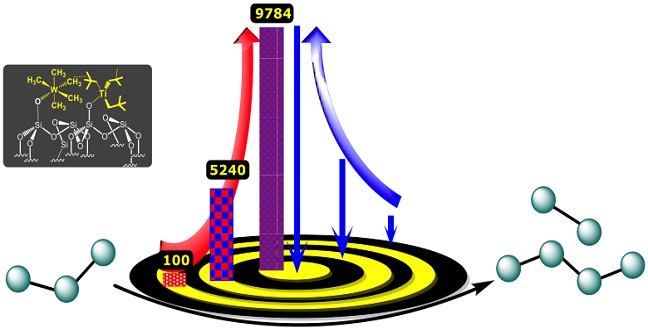
Chemistry
Tungsten and titanium compounds join forces to turn a common alkane into other hydrocarbons.
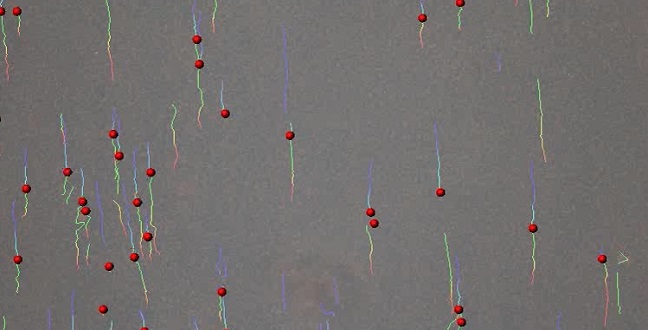
Bioscience
The surface proteins responsible for navigating immune cells to sites of inflammation are identified.
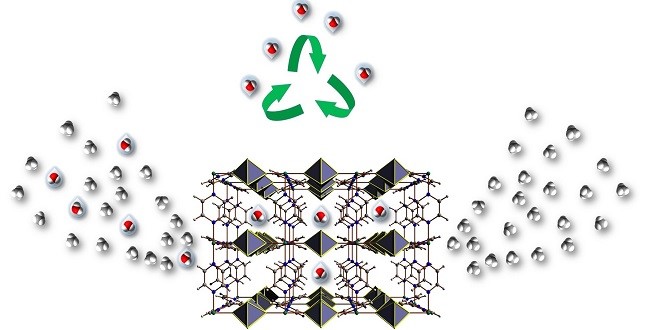
Chemistry
A breakthrough in generating water-stable metal-organic frameworks allows efficient removal of water from gases.

Bioscience
Conjugated polymers designed with a twist produce tiny, brightly fluorescent particles with broad applications.
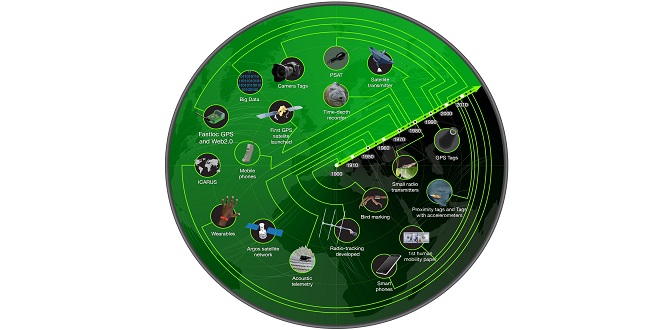
Marine Science
A remarkable collaboration, drawing parallels between human and animal ecology, uses data from smartphones to protect vulnerable species.
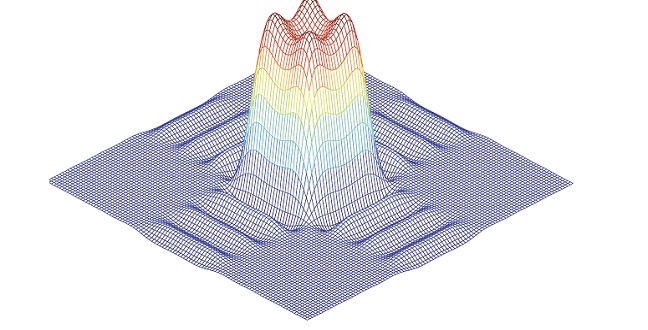
Electrical Engineering
A new method for shaping the waveform generated by multi-antenna radar systems is inexpensive and practical.
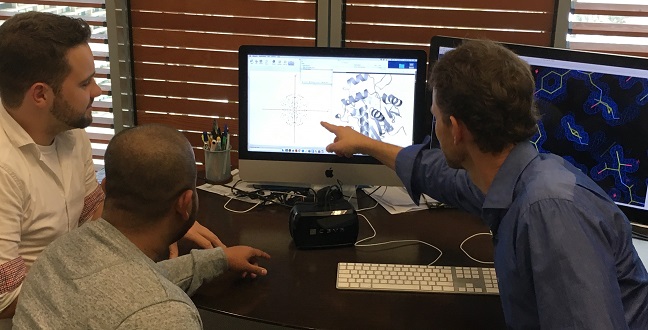
Bioscience
The work of a small group specializing in demystifying proteins is having far-reaching effects.

Marine Science
Careful marine management and stricter fishing laws could enable Saudi Arabia’s coral reefs to thrive.

Computer Science
A new tool uses genetic and clinical information to find the root cause of unexplained illnesses.
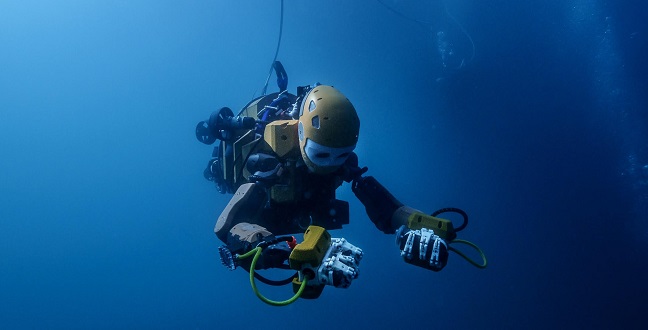
Marine Science
An international, multidisciplinary collaboration that led to the world’s first underwater robotic avatar.
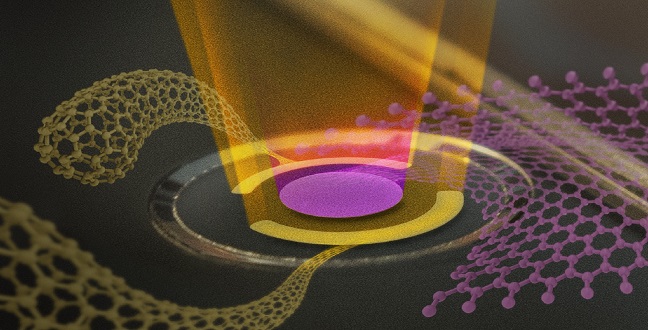
Mechanical Engineering
A flexible, carbon-based device that responds to humidity in two ways can sense 3D objects without touching them.
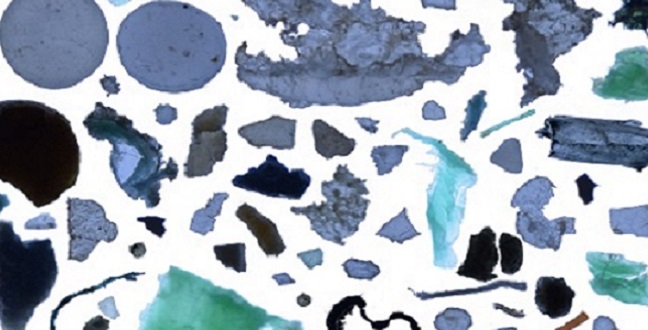
Earth Science and Engineering
Atlantic surface circulation transports high loads of plastic debris to remote Arctic waters.

Statistics
Statistical monitoring technology can detect serious falls and immediately warn healthcare providers.
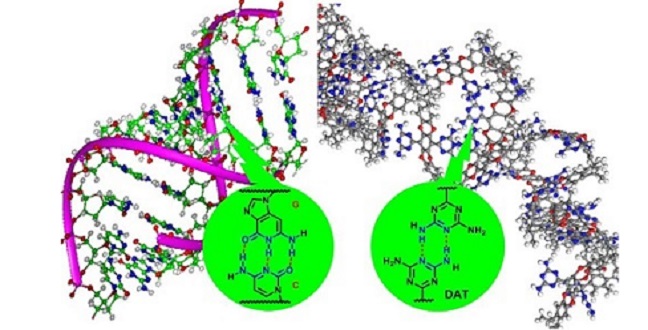
Chemical Engineering
Stable and recyclable materials synthesized using intrinsically porous polymers selectively retain CO2 from exhaust emissions and natural gas.
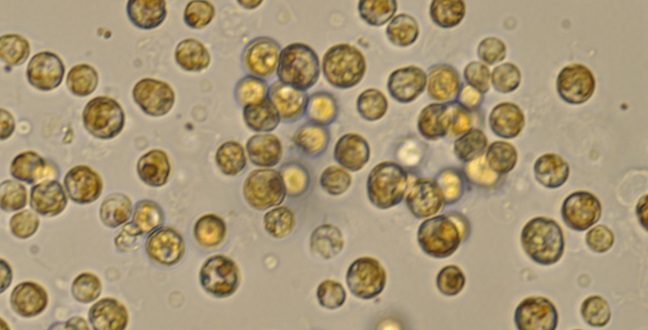
Marine Science
Stressed dinoflagellates rewrite their genes during transcription.
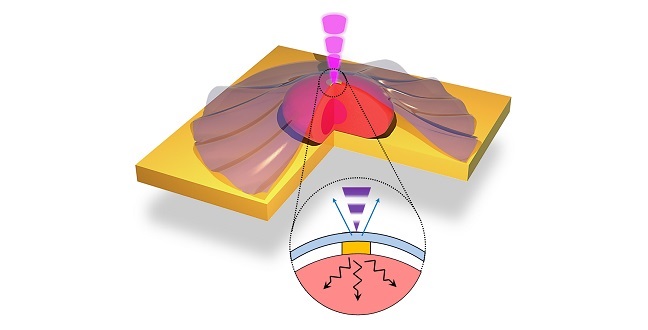
Electrical Engineering
New nano-sized sensors provide unprecedented data on how heat diffuses in and out of living cells.
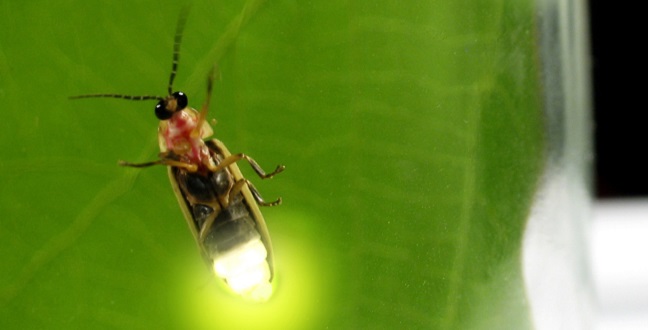
Plant Science
A biological sensor can identify and quantify the activity of a little-known class of plant hormones, strigolactones.
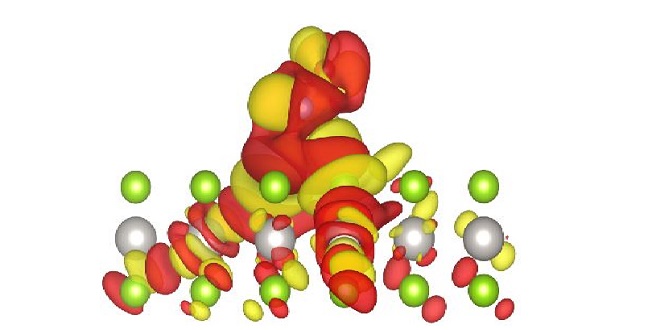
Material Science and Engineering
An ultrathin semiconducting sheet showing gas-responsive electronic properties may lead to highly sensitive gas sensors.
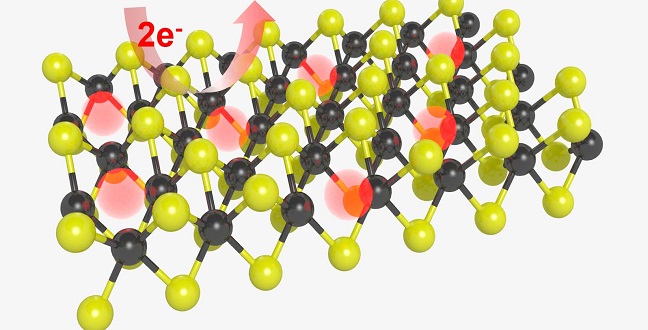
Chemistry
Using a plasma to alter the atomic composition of two-dimensional materials could make them better catalysts.
Bioscience
Enzyme follows a two-step verification system before cutting and repairing DNA damage.
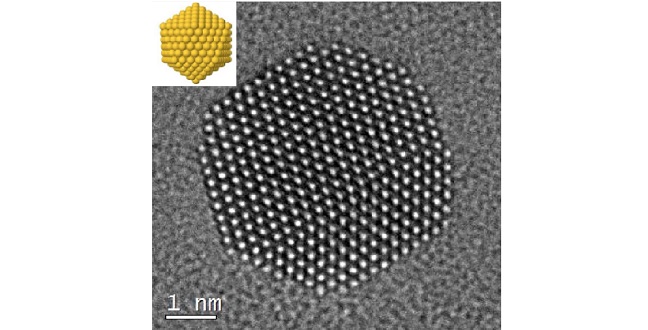
Chemistry
Understanding how small organic ions stabilize gold nanoparticles may allow for better control.
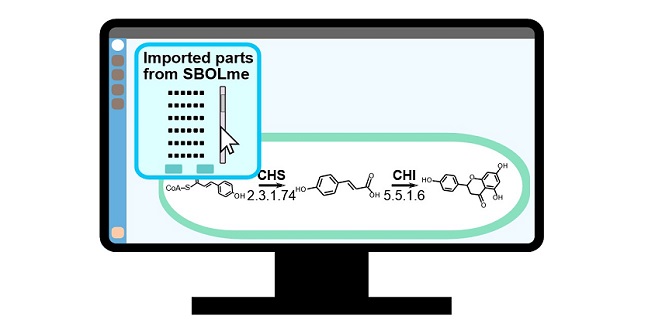
Computer Science
A repository of metabolic information provides a quick reference tool for designing useful synthetic biological systems.
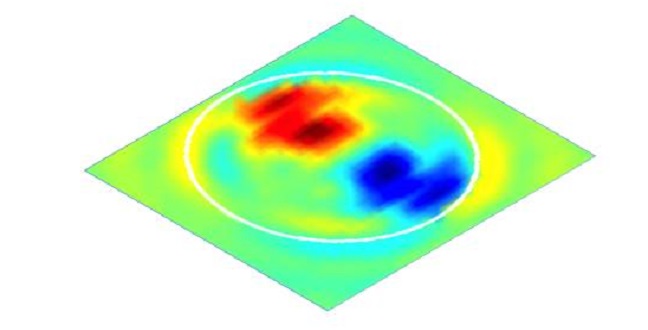
Material Science and Engineering
Discovery of a novel rotational force inside magnetic vortices makes it easier to design ultrahigh capacity disk drives.
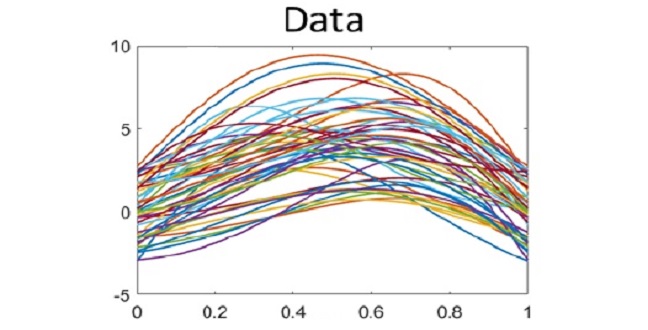
Applied Mathematics and Computational Sciences
A new method for visually presenting complex data distributions provides a much-needed tool for management, analysis and interpretation.
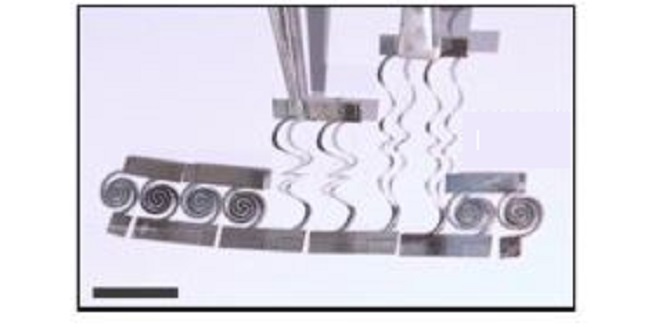
Electrical Engineering
Deformable thermoelectric materials add a new twist to the design of energy-scavenging devices.
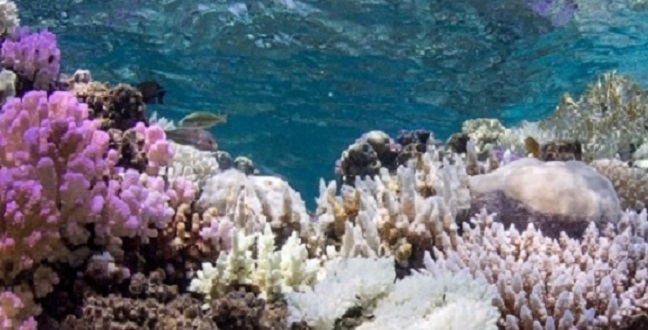
Marine Science
The Red Sea provides opportunities to coral bleaching and inform future practices to help safeguard the world’s coral reef ecosystems.
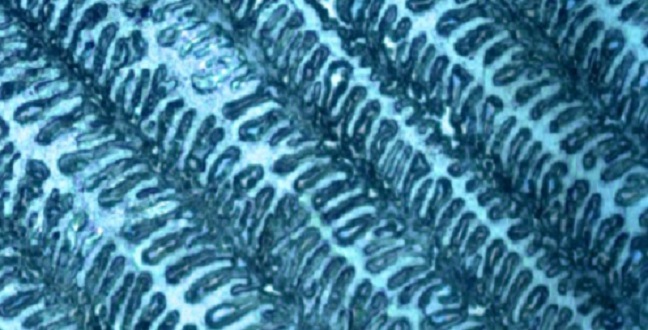
Material Science and Engineering
Controlling the orientation of hybrid perovskite crystals offers large-scale structural purity and new properties.
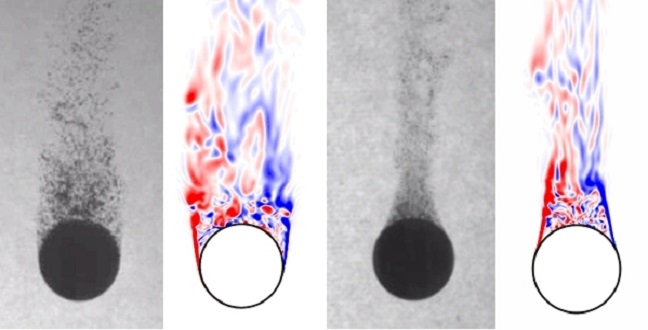
Mechanical Engineering
Plunging hot spheres into viscous liquids reveals a way to reduce fluid resistance without complex engineering procedures.
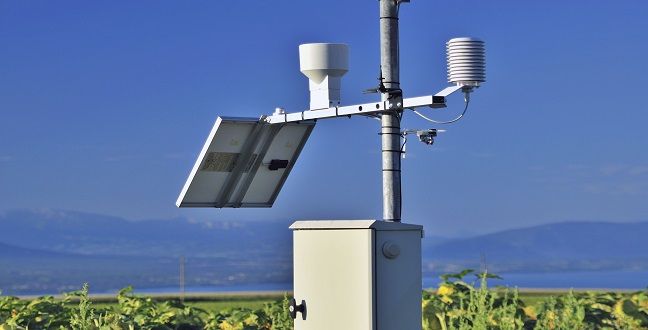
Statistics
A statistical model that accounts for common dependencies in spatial data yields more realistic results for studies of temperature, wind and pollution levels.

Applied Mathematics and Computational Sciences
An efficient wireless signal optimization scheme achieves peak performance for next-generation mobile communications.
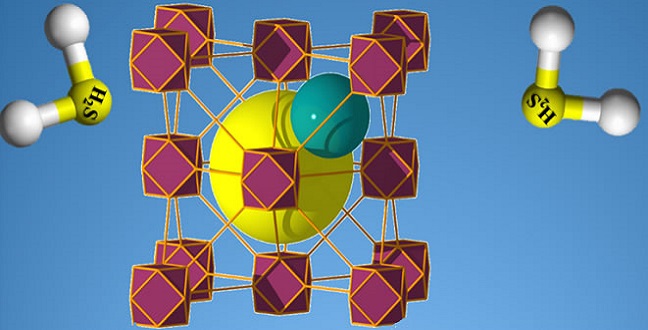
Chemistry
Tunable porous MOF materials interface with electrodes to sound the alarm at the first sniff of hydrogen sulfide.
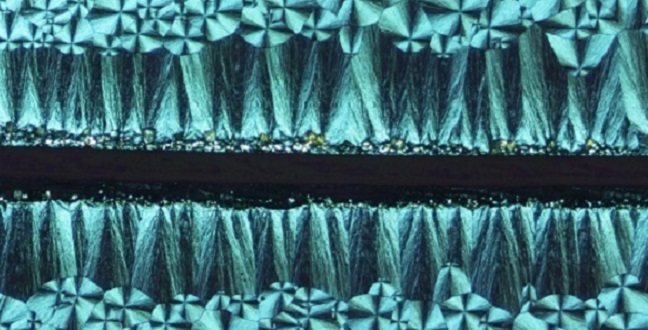
Material Science and Engineering
Varying the thickness of crystallizing materials facilitates control over the patterns and properties of crystals.
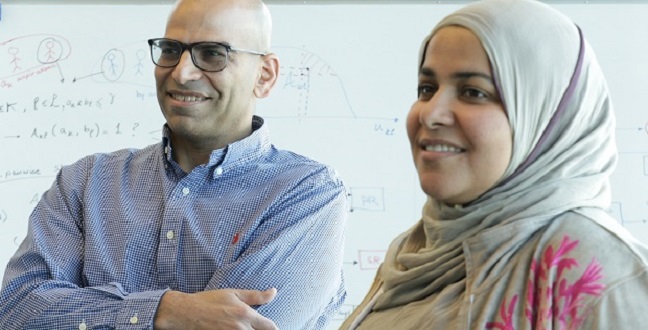
Electrical Engineering
Autonomously pairing network users could expand the capability of the next generation of wireless networks
Statistics
A statistical technique for automatically cleaning erroneous data from weather-balloon observations will improve the accuracy of weather forecasting.
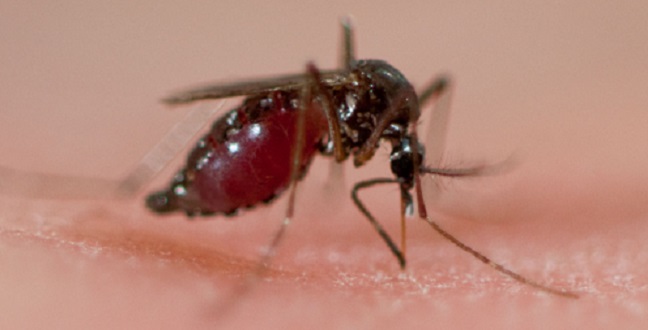
Bioscience
Africa now joins Southeast Asia in hosting parasites partially resistant to the first-line antimalaria drug, artemisinin.
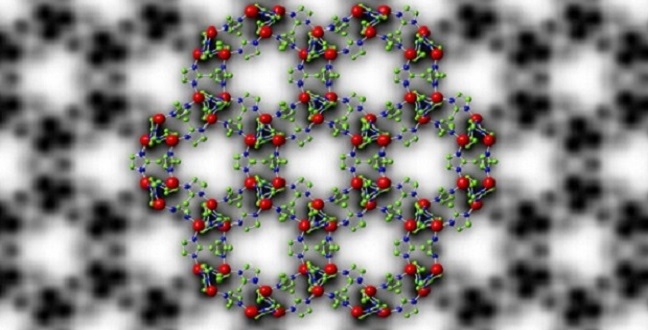
Chemistry
Highly sensitive electron cameras allow researchers to see the atomic structure of metal-organic frameworks.
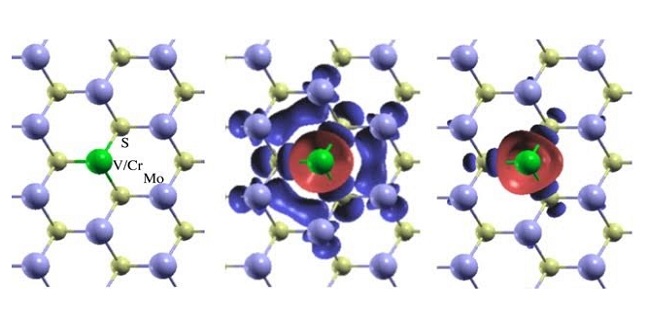
Electrical Engineering
Access to valley-polarized charge carriers by magnetic doping could transform electronics.
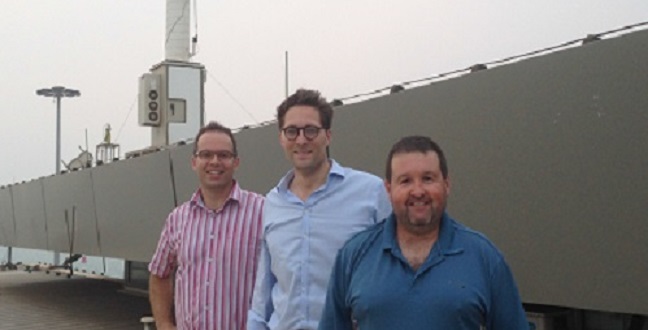
Earth Science and Engineering
Studying dusty air, especially in the Middle East, which is part of the Earth’s notorious dust belt, has both local and global significance.

Marine Science
Genome sequences of dinoflagellate algae indicate how they maintain their symbiotic relationship with corals.
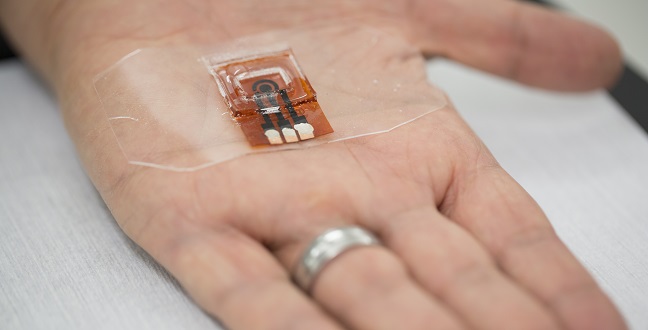
Material Science and Engineering
Inscribing porous, carbonized patterns into a polymer creates sensitive electrodes that detect biological molecules.

Environmental Science and Engineering
An antibiotic resistant strain of bacteria found circulating in Jeddah’s municipal wastewater could have severe implications for public health.
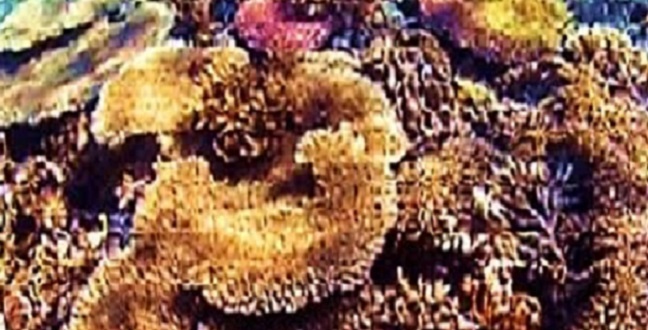
Material Science and Engineering
The close association between corals and bacteria may help protect coral from heat stress and bleaching.
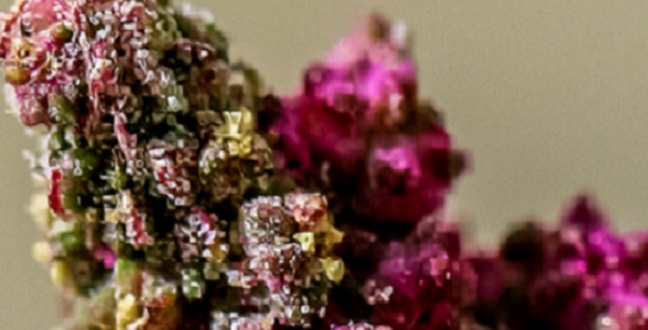
Plant Science
The high-quality sequencing of a quinoa genome brings new potential for global food security.
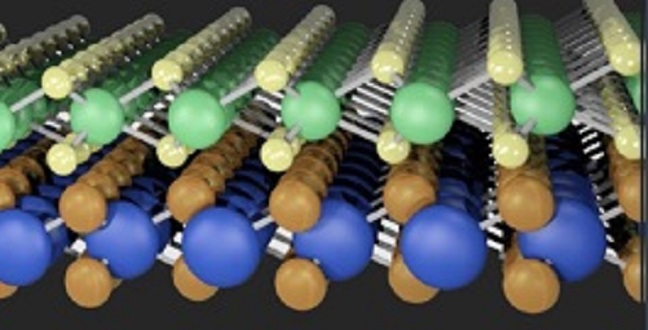
Chemistry
A simple model is shown to accurately predict the electronic properties of a combination of 2D semiconductors.

Applied Mathematics and Computational Sciences
A new approach to analyzing household electricity: smart-meter data could improve the performance and efficiency of national power grids.

Statistics
Sensitive detection of partial faults in antenna systems could prevent performance degradation in wireless networks.

Material Science and Engineering
A gene-editing method shows promise for using targeted gene-replacement therapy in living organisms.
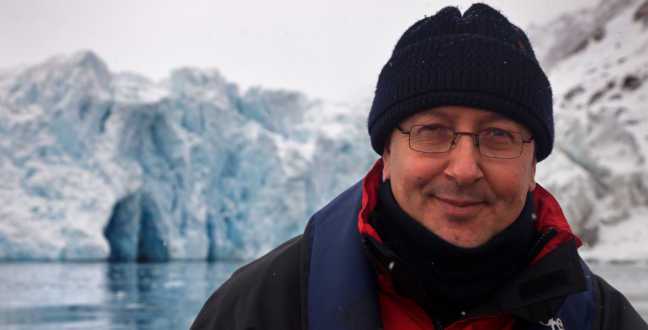
Marine Science
“Historians will look back on this era as the tipping point for marine agriculture,” said Carlos Duarte.
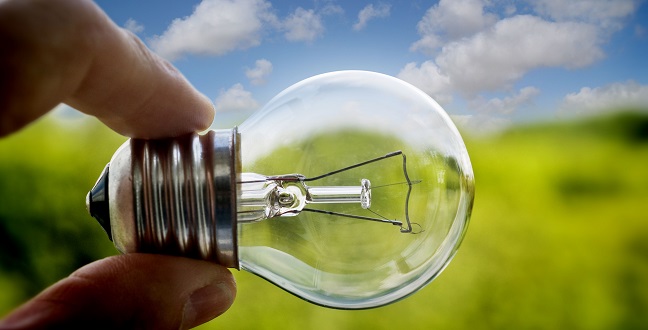
Chemistry
Pairing two catalysts in a single, illuminated reaction flask proves to be a light-bulb moment for organic synthesis.
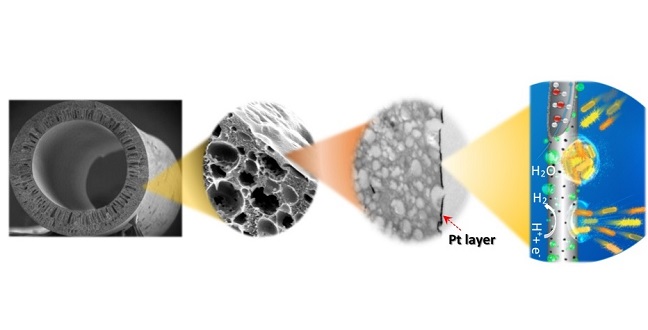
Environmental Science and Engineering
A material made by combining a metal and a polymer can help generate hydrogen and fresh water from wastewater.

Plant Science
The dynamic three-dimensional organization of chromosomal structure can profoundly influence plant gene expression.
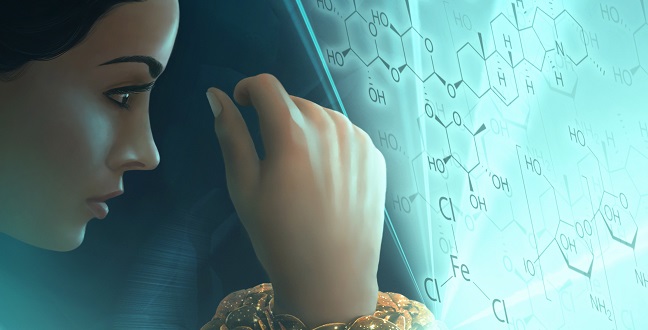
Chemistry
Hybrid organic-inorganic materials can self-assemble into tiny doughnut-like structures.

Applied Mathematics and Computational Sciences
A highly efficient mathematical solver designed to run on graphics processors gives scientists and engineers a powerful new tool for a common computational problem.

Material Science and Engineering
Reliable processing of an efficient solar cell material depends on how the solvent is removed.
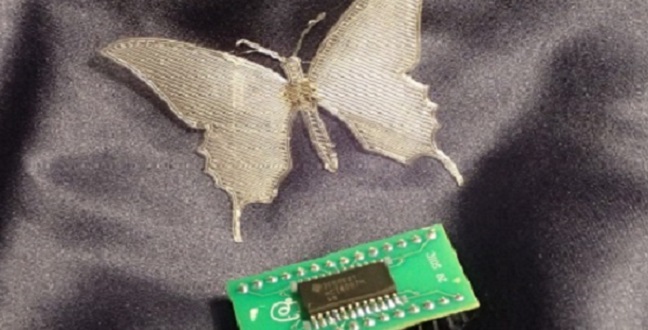
Electrical Engineering
High-speed fabrication developed at KAUST can turn out adhesive and flexible electronic devices in any shape imaginable.

Computer Science
A new data-mining strategy that offers unprecedented pattern search speed could glean new insights from massive datasets.
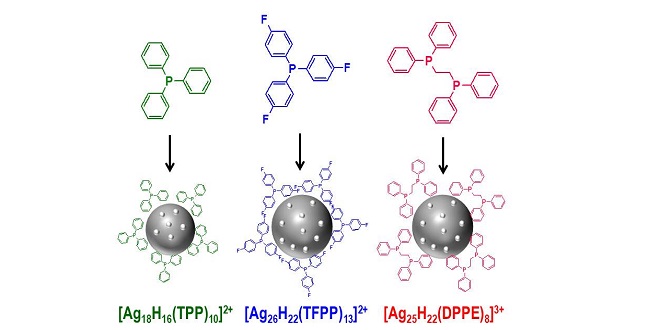
Material Science and Engineering
Surrounding silver nanoclusters with hydrogen-rich shells offers new opportunities in catalysis and opto-electronics.
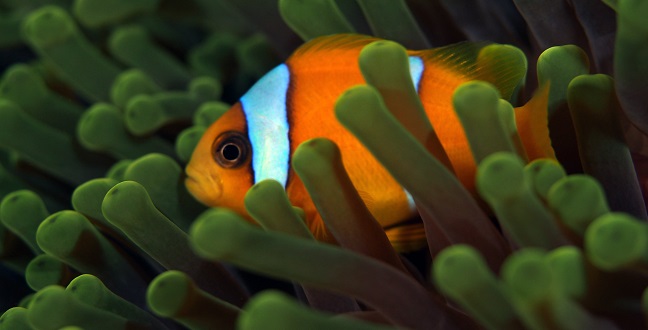
Marine Science
Identification of candidate pathways in clownfish shows they can control responses to population alterations.